Art has the power to evoke a range of emotions, and form is an essential component of this.
In art, form refers to the three-dimensional aspect of an object or artwork. It is the way an artist creates an illusion of depth and space, making the artwork appear more lifelike and tangible.
But form is an integral element of art that is often overlooked.
It can be difficult to understand and appreciate, but it is crucial to the success of a piece of art.
When you look at a painting, for example, you might notice the colors, composition, and subject matter, but it is the form that gives the painting its physical presence and makes it stand out.
In this article, we will explore the concept of form in art, its elements, and its importance in creating visually captivating art pieces.
As well as include a few examples of good use of organic form and geometric form in art at the end.
Table Of Contents
- 1 Key Takeaways
- 2 Understanding Form In Art
- 3 Elements of Form
- 4 Importance of Form
- 5 Examples of Form in Art
- 6 Related Questions
- 6.1 How can drawing and painting be used to illustrate the form in a work of art?
- 6.2 What are the differences between geometric and organic forms in an artwork?
- 6.3 What is the role of negative space in understanding the form in art?
- 6.4 How can artists create the illusion of form in a two-dimensional medium?
- 6.5 What are some examples of common geometric and organic forms found in art?
Key Takeaways
- Form refers to the three-dimensional aspect of an object or artwork, creating an illusion of depth and space, and is often overlooked but crucial to the success of a piece of art.
- Texture can enhance the form in artwork by creating a sense of realism and depth, and the manipulation of form can evoke different emotional responses from the viewer and express the organic nature of objects within the artwork.
- Light, shadow, and depth are crucial in creating the illusion of three-dimensional space on a two-dimensional surface, with organic forms often depicted through the use of light and shadow, and geometric forms relying more on linear perspective and shading.
Understanding Form In Art
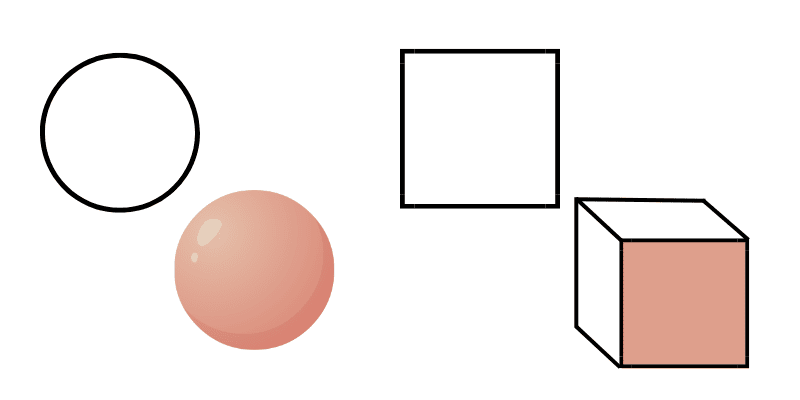
Form in art is all about creating a three-dimensional look, which can make a flat image pop off the page and into the viewer’s space.
The illusion of form is created by using light and shadow to give the impression of depth and volume.
The element of art that’s most closely associated with form is shape.
Shapes can be used to create the illusion of three-dimensional form by using shading and perspective.
For example, a circle can be used to create the illusion of a sphere, while a square can be used to create the illusion of a cube.
By manipulating shapes in this way, artists can create a sense of depth and volume that isn’t present in two-dimensional art.
Another important element of form is texture.
Texture can be used to create the illusion of three-dimensional form by using different materials and techniques to create a tactile surface.
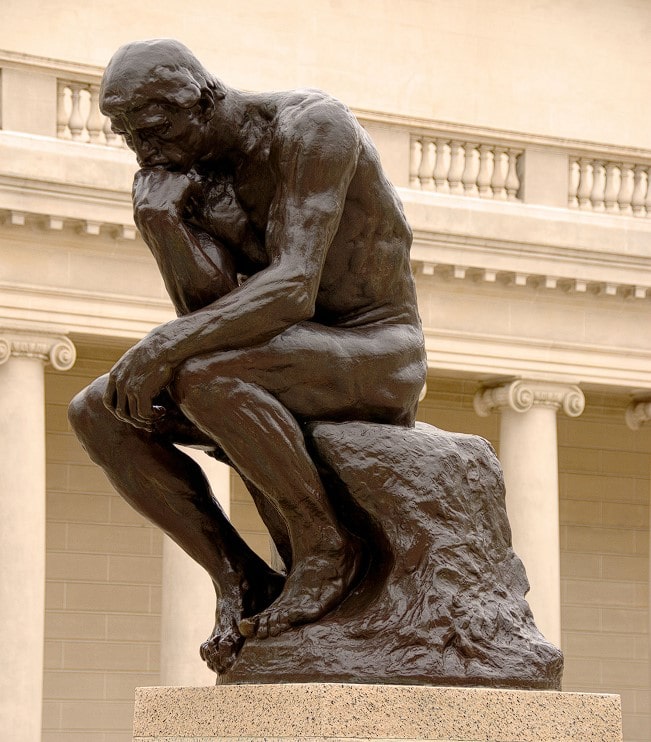
For example, a sculpture made of rough stone will have a different texture than one made of smooth marble.
By using texture in this way, artists can create a sense of depth and dimensionality that isn’t present in flat, two-dimensional art.
Understanding the elements of form is essential for creating art that appears three-dimensional.
By using shape and texture to create the illusion of depth and volume, artists can create works that are engaging and innovative. In the next section, we’ll explore the different elements of form in more detail.
Elements of Form
The elements of form are crucial in creating the illusion of three-dimensional space on a two-dimensional surface.
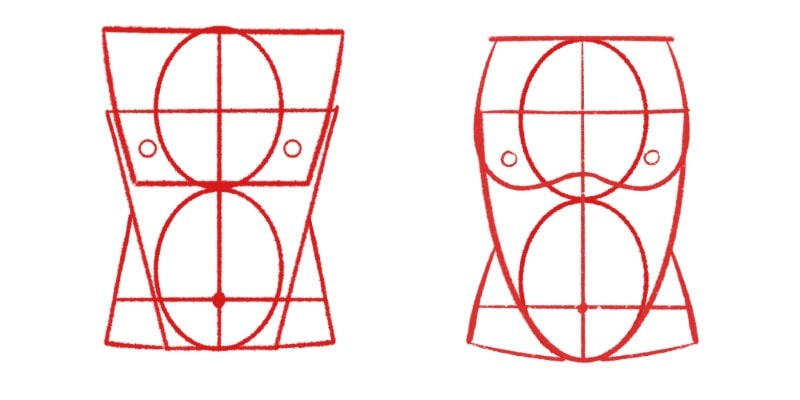
Organic forms, such as the curves of a flower or the shape of a human body, are often depicted through the use of light and shadow.
Geometric forms, such as cubes or spheres, can also be used to create a sense of depth, but rely more on linear perspective and the use of shading.
Overall, the elements of form in art work together to create a sense of depth and dimensionality. By understanding these elements, you can create more realistic and engaging works of art.
Exploring form in art can be a rewarding experience, as it allows artists to experiment with different techniques and styles to create unique and captivating pieces.
Importance of Form
The importance of form in art cannot be overstated.
It is a crucial element of art that can be used to evoke different emotional responses from the viewer, create a sense of depth and space, and express the organic nature of objects within the artwork.
The manipulation of form is a powerful tool that can be used by artists to innovate and create timeless works of art.
In the next section, we will explore some examples of how form has been used in art throughout history.
Examples of Form in Art
One of the most important elements of art that artists use is the element known as form.
Here are three famous examples of form in art:
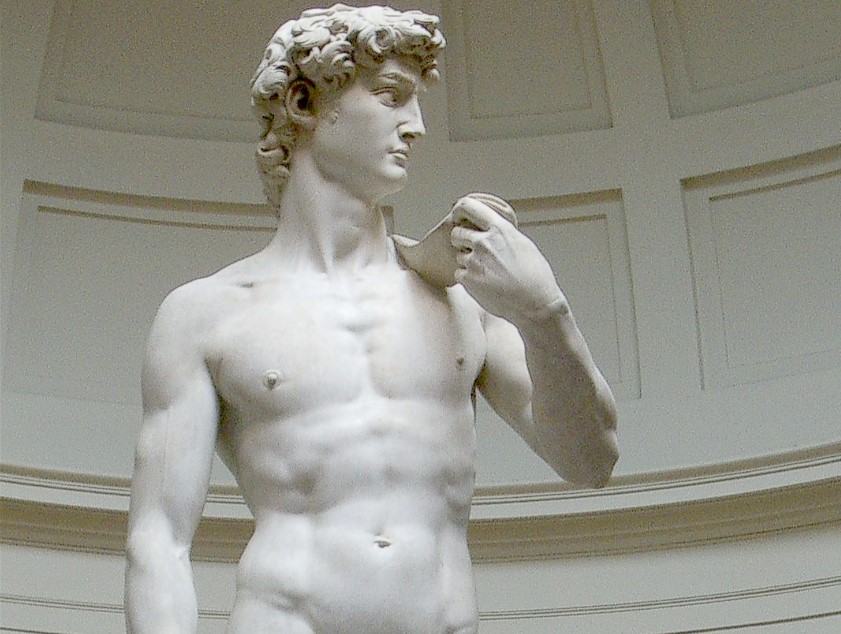
Michelangelo’s sculpture of David is a masterpiece of three-dimensional form.
The statue is carved from a single block of marble and depicts the biblical hero standing in a contrapposto pose, this is a great example of the use of three dimensions of form.
The lifelike details of David’s muscles, veins, and bones create a sense of physical presence that makes him seem like he could step off his pedestal at any moment.
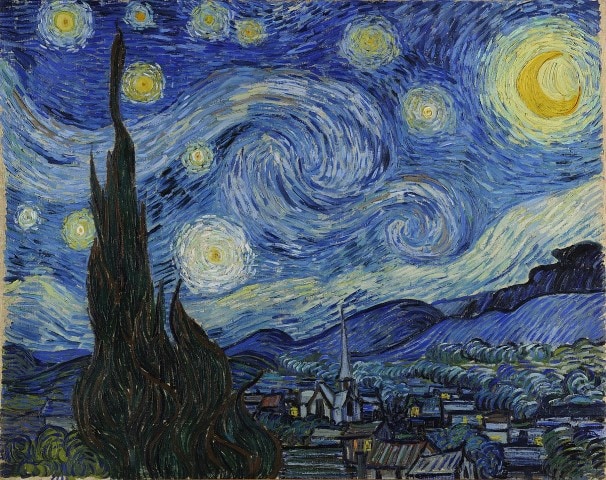
Vincent van Gogh’s painting, The Starry Night, is another example of form in art. The swirling shapes of the night sky and the cypress trees create a sense of movement and depth that make the painting seem almost three-dimensional.
The thick layers of paint that van Gogh used in his impasto technique also add texture and physicality to the composition.
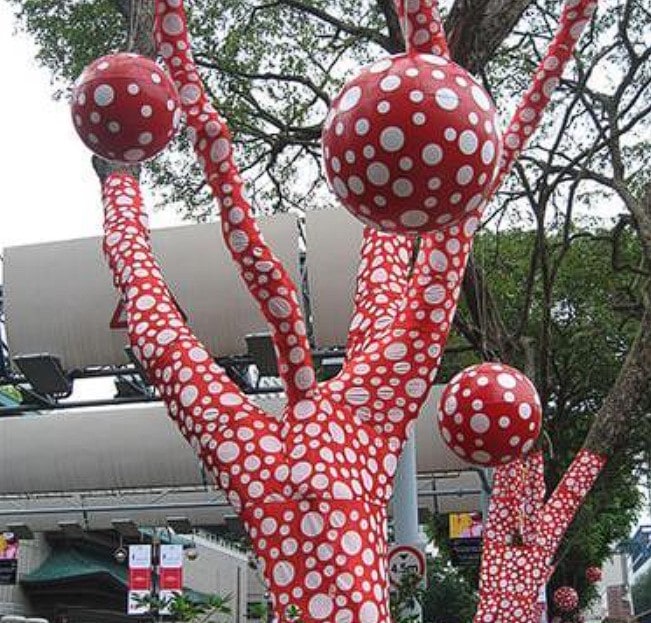
Finally, the organic forms in the work of artist Yayoi Kusama are another example of form in art.
Kusama’s sculptures, installations, and paintings often feature biomorphic shapes that resemble cells, amoebas, and other organic forms. By using these shapes, Kusama creates compositions that seem to be alive and growing, adding a sense of vitality and movement to her work.
Form is an essential element of art that allows artists to create lifelike and organic representations of objects in their compositions.
Whether it’s through the three-dimensional form of a sculpture, the swirling shapes of a painting, or the organic forms of an installation, form adds depth, volume, and physicality to art, making it come alive for the viewer.
Related Questions
Let’s now go over what else there is to know about form in art!
Either it’s geometric or organic, your understanding of form is crucial to portraying a lifelike three-dimensional object in your artwork.
So let’s go over the questions!
How can drawing and painting be used to illustrate the form in a work of art?
Drawing and painting are the fundamental practices by which artists convey form.
By using techniques such as shading, perspective, and the manipulation of light and dark, artists create the illusion of a three-dimensional form within their artwork.
This enhances the viewer’s experience and can make a two-dimensional painting or drawing appear to have depth and substance.
What are the differences between geometric and organic forms in an artwork?
Geometric forms are those that follow specific rules and patterns, such as squares, circles, and triangles. They are often used in abstract art and modern art.
Organic forms, on the other hand, are more irregular, imitating natural shapes found in nature. Examples include human form, plants, and animals.
In general, organic forms tend to appear more fluid and less rigid than geometric forms.
What is the role of negative space in understanding the form in art?
Negative space refers to the space around and between objects within an artwork.
It plays a vital role in understanding form, as it helps define the shape and size of the objects, thus revealing their three-dimensional qualities.
Artistically utilizing negative space can add depth and balance to a painting or drawing, aiding in the overall perception of form.
How can artists create the illusion of form in a two-dimensional medium?
Artists can create the illusion of form in a two-dimensional medium like an oil painting through the careful manipulation of color, light, and shadow.
By using various techniques such as shading, blending, and perspective, artists can depict the appearance of volume and depth, setting the stage for a three-dimensional effect.
This can be hard at first, but its an art skill that you can practice with time!
What are some examples of common geometric and organic forms found in art?
Common geometric forms found in art include squares, rectangles, triangles, circles, and polygons, as well as three-dimensional shapes like cones, cylinders, and pyramids.
Organic forms in art, on the other hand, can consist of the human form, animals, plants, and other contours found in nature.
Artists often use a combination of geometric and organic forms to create visually engaging and dynamic artworks.
To learn about the 7 Crucial Elements of Art, click here!
And as always,
Keep on drawing!
Patricia Caldeira is the main writer here at Don Corgi. She's an art teacher with over 20.000 happy students across many platforms and courses!
Enjoy your stay and as always:
Keep on drawing!



